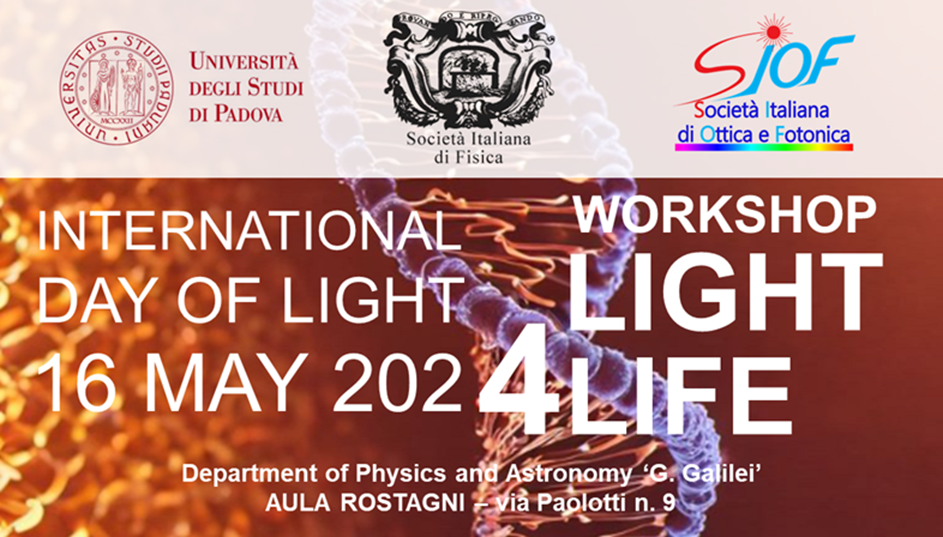Speaker
Description
The brain is the most complex and delicate organ in our body. Brain damage typically results in devastating outcomes and consequences not only for the patient's health but also for their quality of life. These effects are caused by the irreversible loss of neurons, building blocks of the brain responsible of signal transmission. Neuronal loss therefore leads to an alteration in communication between the different areas of the brain, resulting in the inability to perform specific functions. One of the most complex challenges of regenerative medicine is to find a strategy to recreate functional connections within the damaged brain, with the aim of restoring the patient's physiological activities. Currently, there is no therapy capable of regenerating lost tissue and connections between neurons. There are no drugs capable of regenerating dead cells, and cellular therapy, which exploits the use of stem cells, is unable to effectively replace lost tissue and recreate functional connections.
In this project, we aim to develop an integrated approach between bioengineering and regenerative medicine capable of controlling and guiding the formation of brain connections, in order to promote the restoration of lost brain functions following damage.
Specifically, to replace damaged tissue, we will exploit the use of brain organoids, small
hree-dimensional structures that resemble the brain in cellular composition and structural organization. To guide the formation of neuronal connections, photosensitive gels will be used, which can be manipulated with infrared light directly inside the brain of the living animal. Specifically, using multiphoton light, it is possible to create three-dimensional structures or empty channels within the biomaterial itself that guide the growth of neurons. Thanks to the ability to manufacture these structures directly within the brain in a defined anatomical site, we can then connect the neurons of the organoid implanted at the site of the lesion with the remaining neurons in the tissue of the host animal, thus reconnecting the damaged tissue. This will enable the design of a new neuronal network capable of recovering a specific function lost due to the lesion.
This project therefore has the potential to create a new therapeutic strategy to promote the restoration of lost brain functions following damage (e.g., stroke, tumor resection, trauma), made possible only through the fusion of expertise from very different scientific fields: neuroscience, bioengineering, and regenerative medicine.

